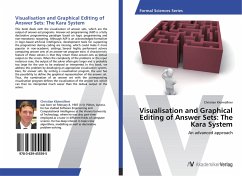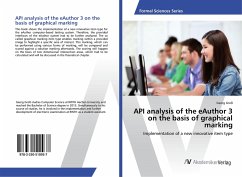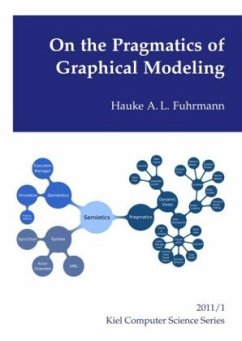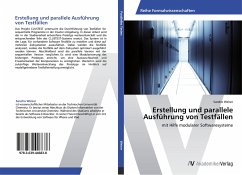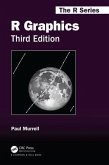This book deals with the visualisation of answer sets, which are the output of answer-set programs. Answer-set programming (ASP) is a fully declarative programming paradigm based on logic programming and non-monotonic reasoning. Although ASP is an acknowledged formalism in logic-based artificial intelligence, development tools for supporting the programmer during coding are missing, which could make it more popular in non-academic settings. Several highly performant solvers computing answer sets of an answer-set program exist. A characteristic feature of these solvers is that they return these answer-sets as textual output on the screen. When the complexity of the problems or the input instances rises, the output of the solver often gets larger and is probably too large for the user to be analysed or interpreted. In this book, we address this problem by developing an appropriate visualisation system, Kara, for answer sets. By writing a visualisation program, the user has the possibility to define the graphical representation of the answer set. Thus, the combination of an answer set with the corresponding visualisation program defines the visualisation of the answer set, which can then be interpreted much easier than the textual output of the solver.

